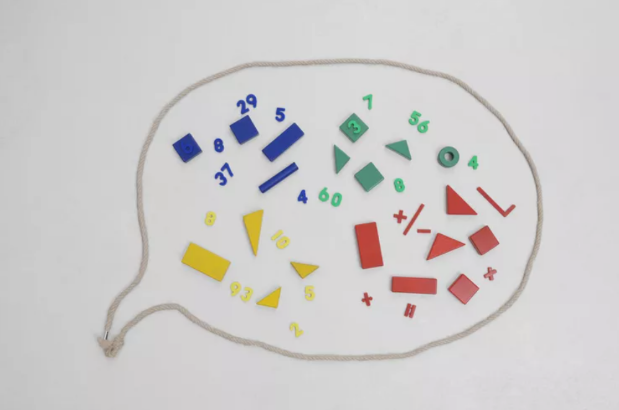
Mathematics is called the language of science. Italian astronomer and physicist Galileo Galilei is said to have made the quote, “Mathematics is the language in which God has written the universe.” Yet, is mathematics truly a language, like English or Chinese?
There are many definitions of “language.” A language can be a system of words or codes used in a subject area. Language can mean a system of communication using symbols or sounds. A language expert Noam Chomsky defined language as a set of sentences made using a limited set of elements. Some language experts think language should be able to show events and abstract ideas.
To be called a language, it needs these parts:
A list of words or symbols.
Clear meanings for those words or symbols.
Grammar rules for using them.
Orderly structures to form sentences.
Longer sentences that tell a story.
A group of people who use and understand it.
Mathematics fits all these needs. The symbols, their meanings, the way they are ordered, and the rules are the same all over the world. Mathematicians, scientists, and others use math to share ideas. Mathematics can describe itself (a field called meta-mathematics), things in the real world, and abstract ideas.
But not everyone agrees that mathematics is a language. Some definitions of “language” say it is a spoken way of communicating. Mathematics is a written way of communicating. While it might be easy to say a simple addition statement out loud (e.g., 1 + 1 = 2), it’s much harder to say other equations (方程式) out loud (e.g., Maxwell’s equations). Also, the spoken statements would be in the speaker’s own language, not a common language for everyone.
A good reason to think mathematics is a language is that modern elementary-high school teaching plans use methods from language teaching to teach mathematics. Educational psychologist Paul Riccomini and his team said that students learning mathematics need “a strong knowledge of words; the ability to change and be flexible; being good at using numbers, symbols, words, and pictures; and the skill to understand.”
原创编写 版权所有 侵权必究! 每日更新 个性化阅读 英语飙升!
1.1. How does the author begin the text?
A By quoting Galileo to show a view.
B By comparing math with languages directly.
C By listing Galileo’s scientific achievements.
D By stating math’s daily importance.
解析:选A。A 推理判断题。文章起始引用伽利略的话,表明数学被视为科学语言这一观点,随后抛出数学是否真如英语、汉语般为语言的疑问。故选A。
2.2. Which is TRUE about language definitions?
A All experts say language only shows real events.
B Chomsky thought language had no grammar.
C Language can use symbols or sounds to communicate.
D Language has sentences made of endless elements.
解析:选C。C 细节理解题。根据第二段的“Language can mean a system of communication using symbols or sounds”可知,语言可以表示使用符号或声音进行交流的系统。A选项,并非所有专家都认为语言仅展示真实事件;B选项,乔姆斯基对语言的定义涉及元素构成句子等,并非认为语言无语法;D选项,乔姆斯基定义语言是由有限元素组成句子,并非无限元素。故选C。
3.3. Why do some oppose mathematics as a language?
A Mathematicians don’t communicate.
B Mathematical symbols lack clear meanings.
C Mathematics has no orderly structures.
D Some define language as spoken, but mathematics is written.
解析:选D。D 细节理解题。根据倒数第二段的“Some definitions of ‘language’ say it is a spoken way of communicating. Mathematics is a written way of communicating”可知,一些人因语言定义为口头交流,而数学是书面交流,从而反对数学是语言的观点。故选D。
4.4. What’s the author’s attitude in the text?
A He/ She strongly believes mathematics is a language.
B He/ She strongly denies mathematics is a language.
C He/ She presents both sides, no clear stand.
D He/ She thinks mathematics is more of a science.
解析:选C。C 推理判断题。作者阐述了数学符合语言特征的方面,也列举了反对数学是语言的观点,呈现了双方争论,但未明确表达自己的观点。故选C。
